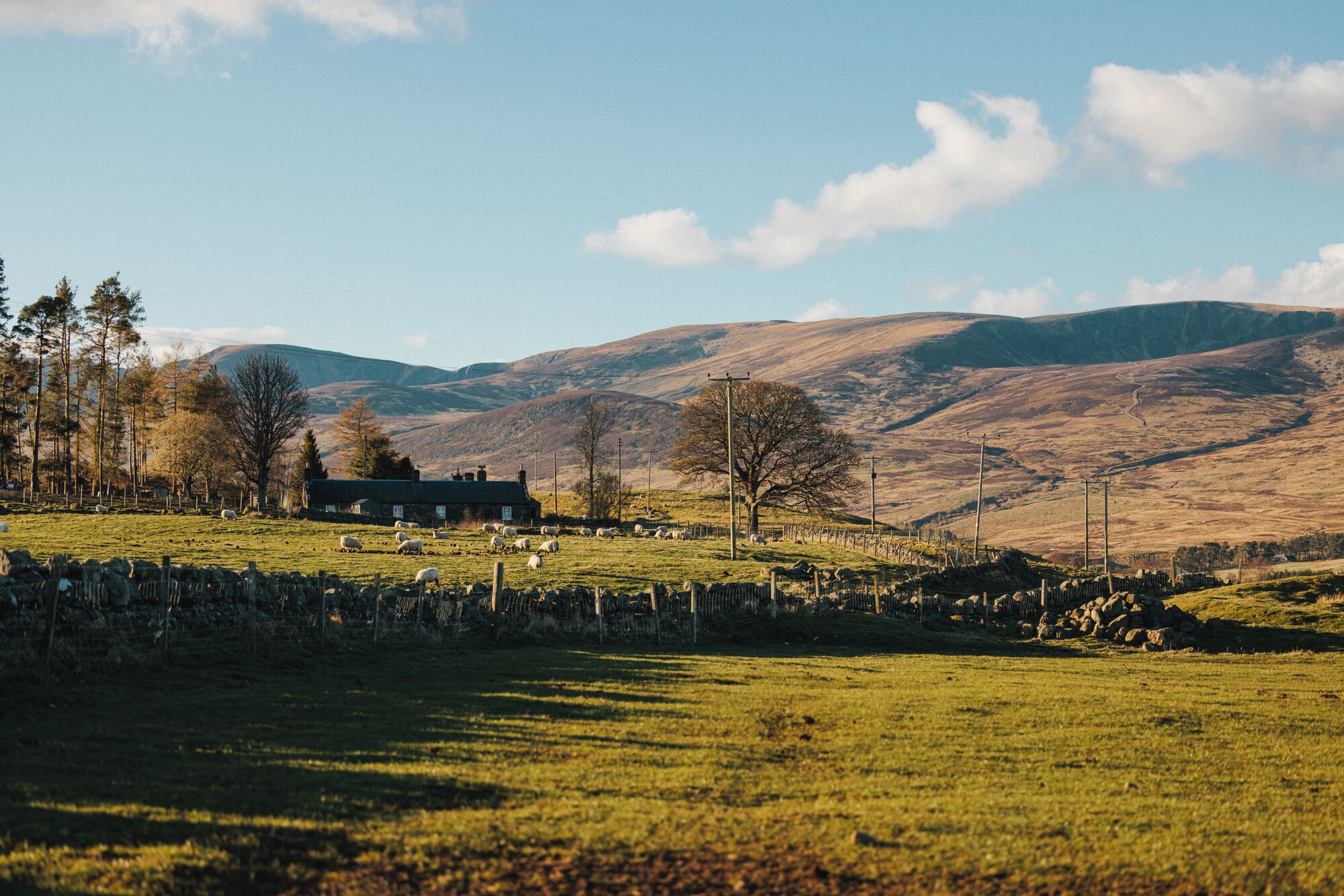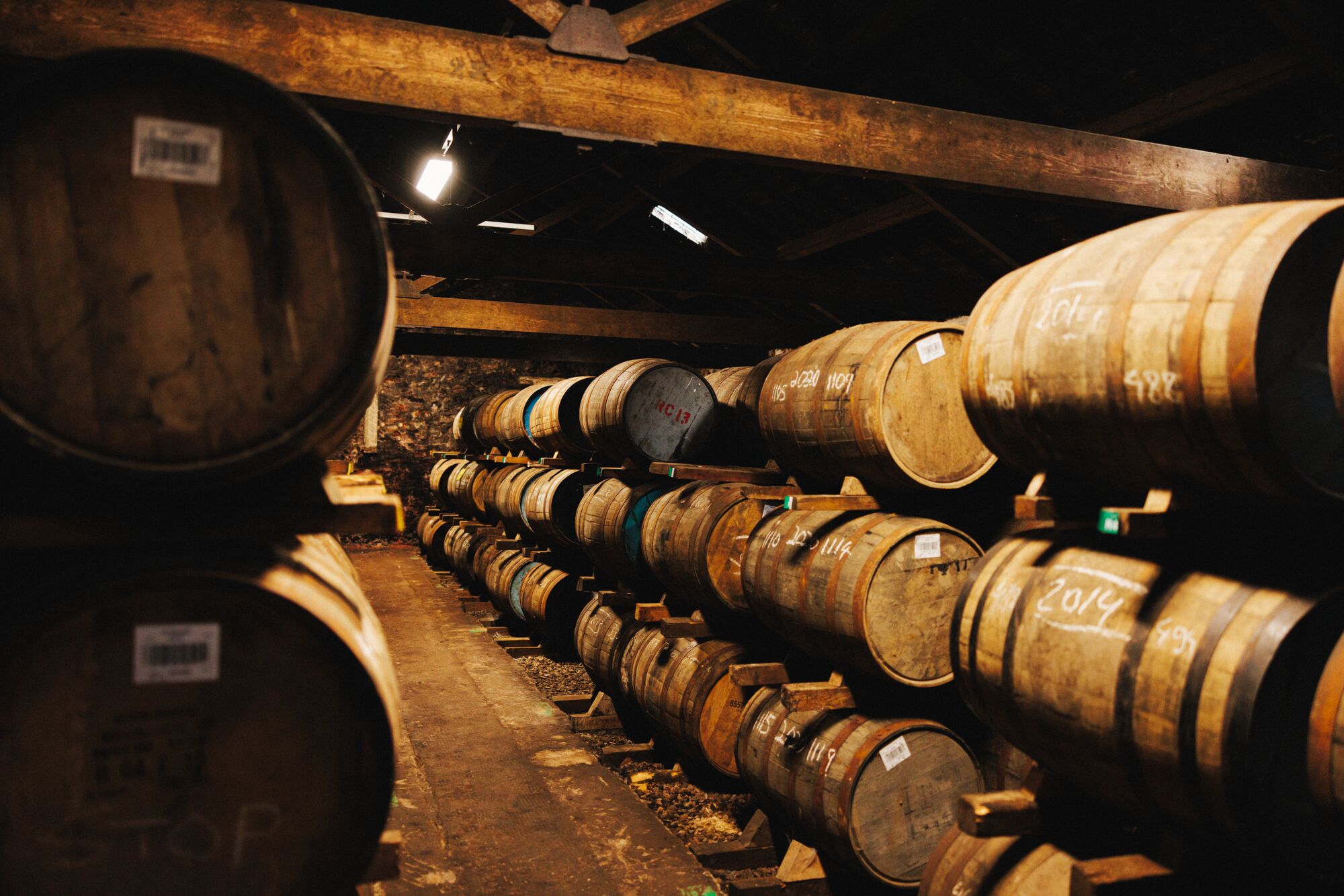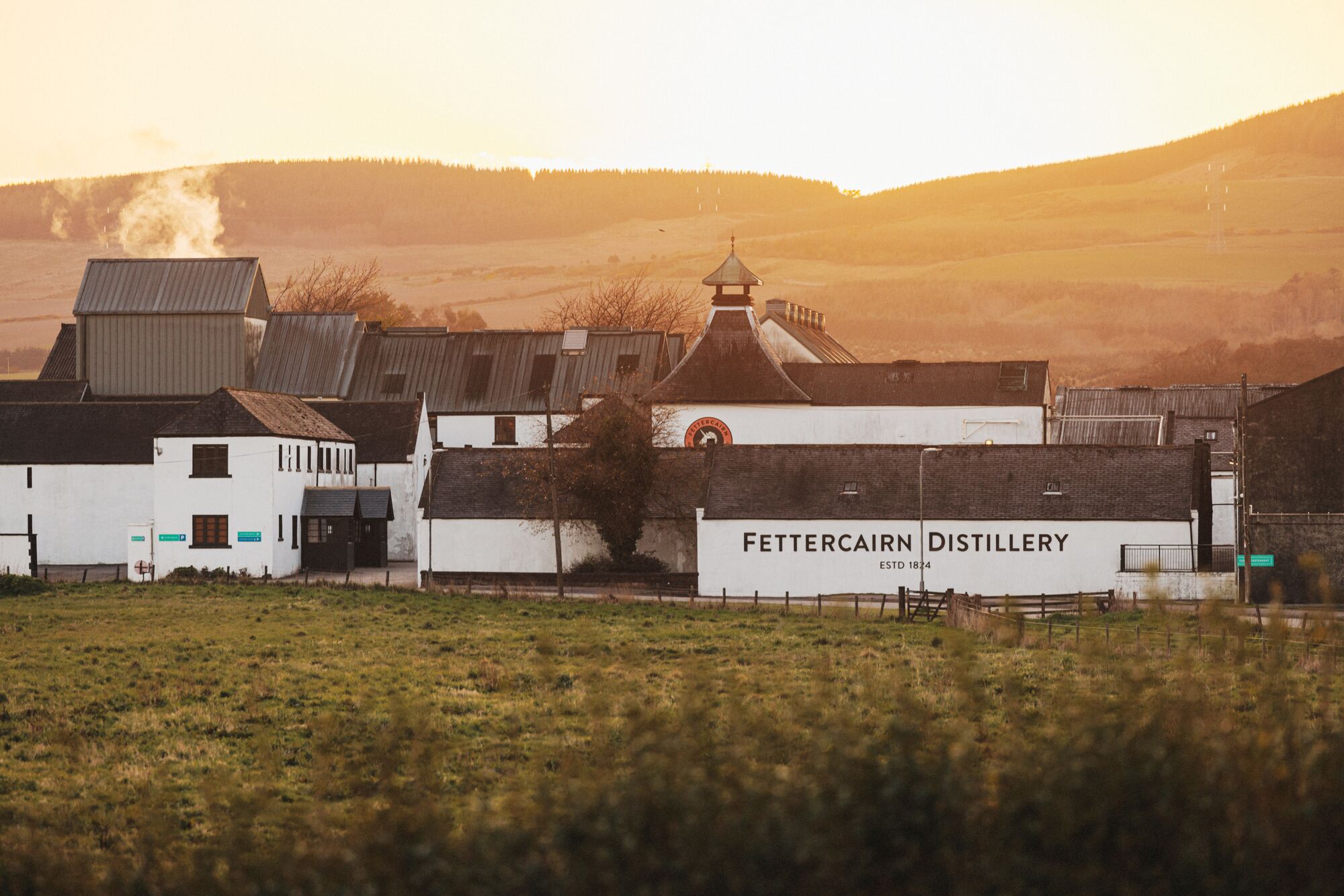Growing up in rural Angus, on the east coast of Scotland, I often felt I was counting down the days until I could leave. It wasn’t until I was older, had left and then been forced back by the pandemic, that I realised how much I liked the place. Angus doesn’t have the scenery of the west coast and highlands, or the international draw of Edinburgh and Glasgow. But walking up the little farm road behind our house in the evening, gorse bushes blooming electric yellow and fields rolling in every direction belonging to farmers whose sons I had grown up with, it was hard to look back on that person who was so desperate to get away.
Angus, oftentimes grouped together with its neighbour the Mearns, is primarily coastline and gently rolling countryside, rising into hills inland, closer to the Cairngorms. Outside the towns, which don’t get much bigger than 20,000, there are a lot of farmers, a lot of farms, and a lot of space. We lived on a crossroads in one of the numerous workers’ cottages left over from the large noble estates, whose grandeur had long since faded. Like a lot of these houses, without the estate it wasn’t really anywhere. Perched on the side of a B-road with a barley field in front, a forest behind and to the right, and a tattie field to the left, one reason I wanted to be elsewhere was that you had to drive to get anywhere. You can’t go out and play with your neighbours when your closest is a 77-year-old farmer a mile away.
Recently, the 200-year-old Fettercairn distillery just north of Angus announced a plan to distill its malt only using barley grown within a 50-mile radius of its site, which could even include the sheafs of crops harvested in front of my house. It’s a decision that reflects a very particular valuing of the small patch of land where I grew up—a kind of appreciation it’s taken me a good deal of my life to develop. It may be an indictment of me, but though I grew up only a short way down the road from Fettercairn, what the distillery meant as a calling card of my region didn’t dawn on me until I had left.

Fields near Fettercairn Distillery.
Part of what I didn’t appreciate was where the crossroads could take you. Pick a direction and you could be in a city in 25 minutes or the Cairngorms National Park in 40. There were giant red sandstone cliffs 20 minutes away in Auchmithie. My extended family was within an hour’s drive. J.M. Barrie and Bon Scott were born up the road in Kirriemuir. One of the world’s best golf courses was down in Carnoustie. Even on my feet, I could reach a country park with a reservoir and towering Douglas firs, or just walk into the fields and woods and get lost. Recently, when a friend of my cousin told me she wanted to move from London to Angus, instead of derision I felt understanding. Yes, that does make sense to me.
But at the time, all I could think was that I wished I lived somewhere cooler. Angus and the Mearns lie right in the boundary between the lowlands and highlands. Glaswegians told me they had “never been that far north” and Highlanders said I lived “basically in the Central Belt.” I almost always had to define myself by proximity to something else. For people outside the UK, I was from “about an hour and a half north of Edinburgh” and for other Scottish people usually “near Dundee.” It’s easy to just start thinking that you really are from a place that is defined by proximity, like a b-list celebrity only famous by their association with a bigger star. Looking back, I’ve tried to think clearly about my home. Who is from here? What comes from here?
One of those things is Fettercairn, in the Mearns, which also sits on land left over from the large estates. And you could be forgiven for thinking that it too suffers from its location—sure, it’s in Scotland, but it is not on Islay, or the Mull of Kintyre, or in the Highlands. But whisky distilleries don’t conform to the famous “five whisky regions of Scotland.” They exist where they do because they were probably already distilling whisky illegally in the community anyway. The first workers at Fettercairn were former illegal whisky makers, hired after the distillery’s founder was granted a licence in 1824 when whisky making became subject to legislation, and it has been a part of the village it shares a name with ever since.

Fettercairn whisky casks.
In reality, Fettercairn’s relative isolation is no disadvantage, and to see it that way is to miss the full picture. While Islay whiskies are great, the weight of tradition on the small island can be tough to break. Fettercairn has utilised its geography to do things slightly differently. As distillery manager Stewart Walker says, “We are constantly curious, looking for new or different ways to make things work. That has always been the way, and that attitude has very naturally been passed down over the years. We see imagination as possibility and something to nurture, and I believe that shines through in our whisky.” Most recently, Fettercairn has explored what Scottish Oak (in contrast to the more common American White Oak) can offer to its whisky, planting some 13,000 saplings on its land.
Valuing local distilleries goes beyond just regional pride. Where there are distilleries there are jobs, either for locals or people so committed to the spirit that they are willing to move. This fits how many of these distilleries started, as unregulated stills hidden in glens. It took the whole community to keep the location a secret, a communal mentality that has been passed down despite offshoring of factories and a drastically shifting economy. Because whisky is so beloved, and because small differences in geography and technique produce such distinct flavours, the stills will keep producing spirits in villages around the country until there is no demand for it. The distilleries are not just near communities, they are part of communities. The one reflects on the other.
Now that I live outside Scotland, I find myself going back to touchstones of home more often. Moving to another country, I’ve had to answer “where are you from?” more than any other time in my life. Only now I find that when I answer, I am not comparing where I’m from to other places, I’m not deriding my home, and more than once I have even recommended that people heading to Scotland should visit the area. When I play golf, I throw on my Carnoustie hat and tell people they have to play it. And when someone inevitably asks for a whisky recommendation, I can tell them to try Fettercairn—a product of the same place as I am.
Fettercairn Distillery has released a special “200th Anniversary Collection” featuring six bottles of single malt aged three to 60 years. The set, limited to 10 available globally, comes in a custom, handcrafted display cabinet made of Scottish Oak. The Canadian set was unveiled at BCLiquor in Vancouver on November 7.









